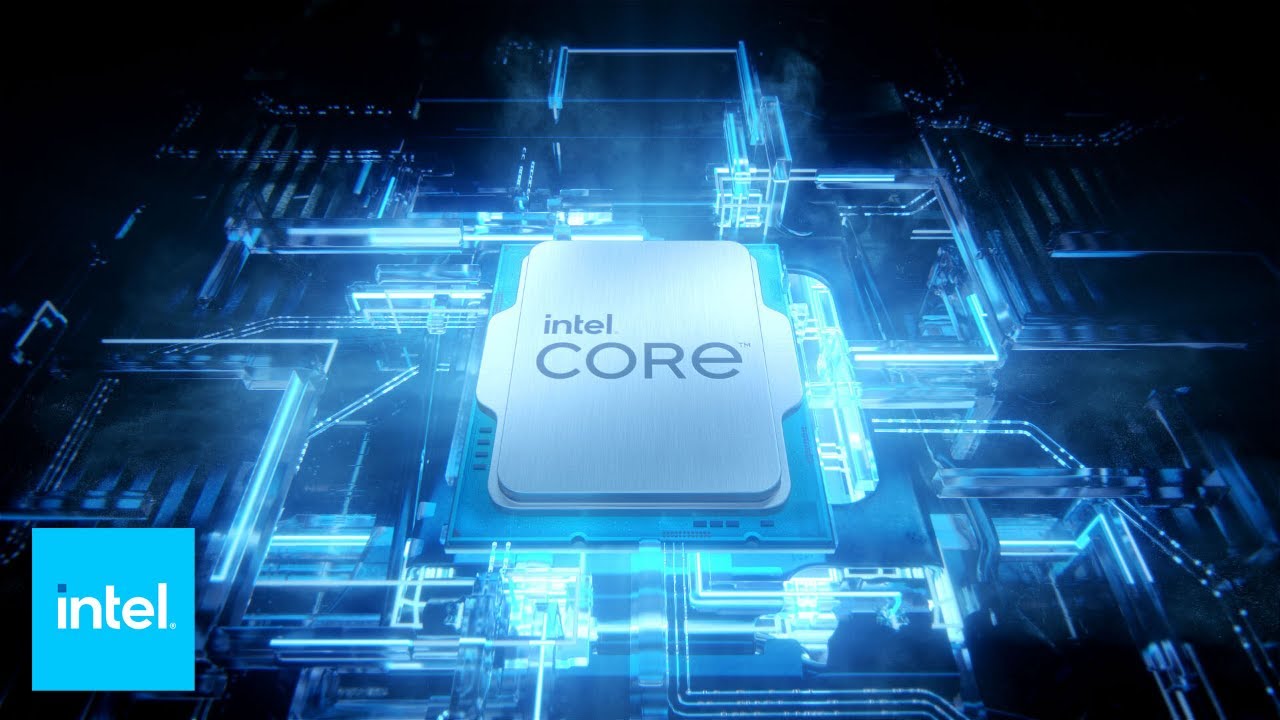Intel reportedly prepping three Panther Lake configurations, for laptops after Lunar Lake
Coming in 2025 and 2026

Intel yet has to commercially release its codenamed Arrow Lake and Lunar Lake processors, but hardware leakers are already disclosing the company's plans concerning next-gen Panther Lake processors, expected in late 2025 at the earliest. Intel is apparently prepping three general configurations of its Panther Lake CPUs, according to Jaykihn, a blogger who seemingly has access to samples of Intel's next-generation processors and documentation covering forthcoming CPUs. Keep in mind that we are dealing with a leak, so take all of this info with the usual serving of salt.
The three rumored Panther Lake base configurations are the following:
- Panther Lake-U: up to four high-performance cores, up to four ultra-low-power cores, and up to four Xe graphics clusters. These CPUs will have a processor base power of 15W, which is in-line with contemporary thin-and-light notebook processors.
- Panther Lake-H: up to four high-performance cores, up to eight energy-efficient cores, up to four ultra-low-power cores, and up to four Xe GPU clusters. These processors will increase their PBP to 25W and will address higher-end laptops.
- The even higher-performing Panther Lake-H is expected to pack up to four high-performance cores, up to eight energy-efficient cores, up to four ultra-low-power cores, and up to 12 Xe graphics clusters to provide decent performance in games. These CPUs are also projected to feature a PBP of 25W.
From a hardware and chipmaking standpoint, Intel's Panther Lake-U/H processors will consist of three dies: a compute, a graphics, a PCD (platform connectivity hub), and two passive dies for rigidity. We do not yet know which process technologies these CPUs will utilize at this point, though it is likely that the compute die will be made on Intel's 18A (1.8nm-class) and the system-in-package will be assembled by Intel in the USA. That's pure speculation, though.
If the information from the blogger is accurate, then Panther Lake-U will have up to eight cores, whereas Panther Lake-H processors will sport up to 16 cores. It's close to impossible to tell how these CPUs will stack up against Meteor Lake, Arrow Lake, and Lunar Lake in terms of performance.
But based on what we do know about Intel's Panther Lake-U, these processors are set to become available in Q4 2025, whereas Intel's Panther Lake-H are expected to hit the market in Q1 2026.
Get Tom's Hardware's best news and in-depth reviews, straight to your inbox.

Anton Shilov is a contributing writer at Tom’s Hardware. Over the past couple of decades, he has covered everything from CPUs and GPUs to supercomputers and from modern process technologies and latest fab tools to high-tech industry trends.
-
usertests Panther Lake-U appears to be a sequel to Lunar Lake. Hard to say about Panther Lake-H, since it looks like Arrow Lake-H but dials back P-cores. That could be fine for most laptops and gaming.Reply
Panther Lake-H having 4 or 12 Xe cores shows that chiplets change the rules of the game for mobile. Intel is no longer limited to making around 2-3 monolithic dies and disabling them heavily or using them in the wrong places. They can simply swap in a different iGPU chiplet. The version with 4 Xe cores will probably be paired with dGPUs, and the one with 12 Xe cores will be used by itself. Compare to the Alder/Raptor Lake chips with the best graphics of the lineup (80-96 EUs) being paired with dGPUs, simply because those are the ones with the most CPU cores and highest clocks.